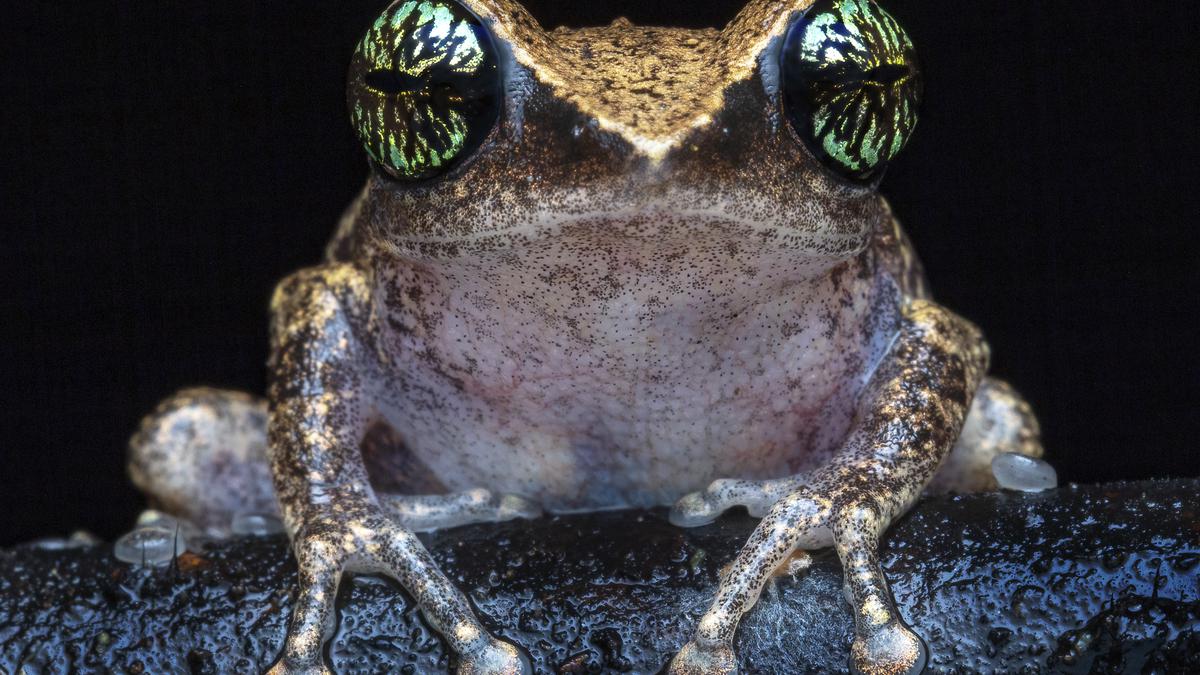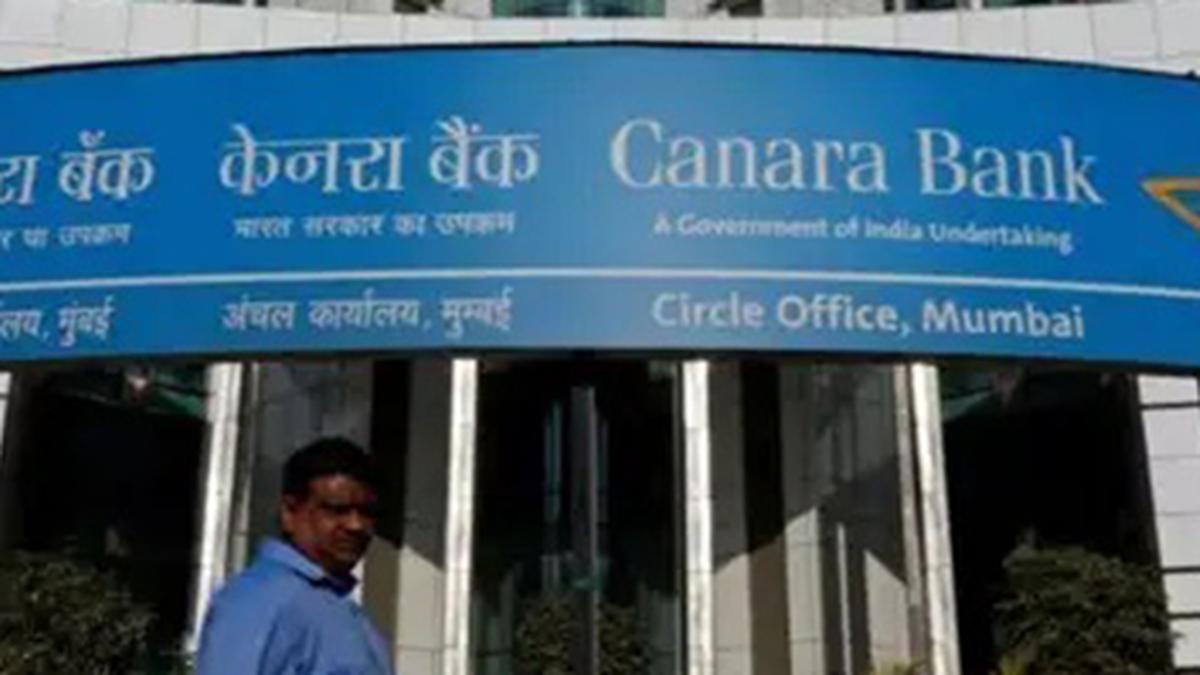Portrait of an woman from Apatani tribe in Arunachal Pradesh
| Photo Credit: Special arrangement
A portrait of an old woman of the Apatani tribe in Arunachal Pradesh wearing the Yaping Hullo, a large wooden nose plug, an image of a group of Bonda people near the Duduma waterfall in Odisha, and a Jat woman from Gujarat wearing a nathli nose ring staring into the camera, are among the 35 photographs on permanent display at Janajatiya Darpan, a new tribal art gallery inaugurated by President Droupadi Murmu at the Rashtrapati Bhavan in July. These works of the Hyderabad-based photographer, Andhekar Satish Lal, adorn the walls of the 2,200 square feet-gallery that showcases the rich art, culture, and contributions of tribal communities .
A woman from Bonda tribe from Odisha
| Photo Credit:
Special arrangement
Having documented tribal communities for more than a decade, Satish got a call from the Indira Gandhi National Centre for Arts (IGNCA) in New Delhi to display his works in the gallery as as part of the President completing a year in office. ’.
Insight into tribal life

A group of Bonda people near the Duduma waterfall in Odisha
| Photo Credit:
Special arrangement
The 35 photographs from his collection are mounted in three sizes: 4×36 inches (five photos), 18×24 inches (eight photographs), and 12×18 inches (22 photos). Focussing on candid expressions, natural surroundings,women, and their unique jewellery, the images narrate a tribal life sans any words.

Photographer Satish Lal with President Droupadi Murmu
| Photo Credit:
Special arrangement
Growing up with his grandparents at Yacharam, a village in Ranga Reddy district of Telangana, Satish was fascinated by the traditional coin necklace worn by the Lambadis. The interest to know more about tribals continued while his father encouraged him to pursue photography as a hobby. “My father would buy a camera roll and also print the photos. My memories that are stored in thousands of prints at home transport me to all places that I have visited,” says Satish. Apart from photography, Satish also took cricket coaching between 2001 and 2005 and played some league matches for Vimta Labs.
Documenting tribal cultures
Chenchu (Mahboobnagar, Telangana), Patani (Arunachal Pradesh),
Angami Naga (Kohima, Nagaland),
Baiga (Mandla and Balaghat, Madhya Pradesh),
Bonda and Bagata (Malkangiri and Koraput, Odisha),
Bison Horn Maria (Basta, Chhattisgarh),
Chakma (Assam),
Dongria (Odisha),
Gadaba (Odisha),
Garo (Nagaland), Gond (Telangana)
Tribal trail
Jat tribe in Gujarat
| Photo Credit:
Special arrangement
While freelancing as a photographer for a Telugu daily, in 2010, Satish began clicking the Banjara and Chenchu tribes in Telangana. His explorations also took him to the remote Malkangiri region in Odisha in 2014 to capture the Bonda tribes. Recalling his first exhibition of photographs on Bonda tribes, he says. “‘Bondas live in the isolated hill region of Malkangiri, near the borders of Andhra Pradesh, Odisha and Chattisgarh; The area is also underdeveloped; so I held a show of my 150 photography prints in the village to give them the happiness of seeing their own photos ; I even distributed them to people in the village who did not come to the exhibition.”

Satish Lal gifting a photograph to a Gadaba tribe woman
| Photo Credit:
Special arrangement
Satish has traveled across the country in a span of 15 years to document tribal cultures. Attending their festivals, weddings and rituals has been a learning experience. “It is humbling to witness the festivals related to Nature. Trees, water and mountains are sacred places as they perform rituals and celebrate with local music, dances and food. The celebrations are diverse, yet unique, in every community.” So far, Satish has held 11 exhibitions, including one of around 120 photographs of Bonda and Gadaba tribes in 2018 at santha (market) at Onukudelli, a village in Odisha near the foothills of a hilly area where Bondas live.
Having quit his job Satish hopes to continue this tribal trail. “We need to preserve the vanishing tribes, their culture and language. My endeavour is to document this traditional way of life.
For now, he is happy his photographs have got a wall of honour at the Rashtrapathi Bhavan.






